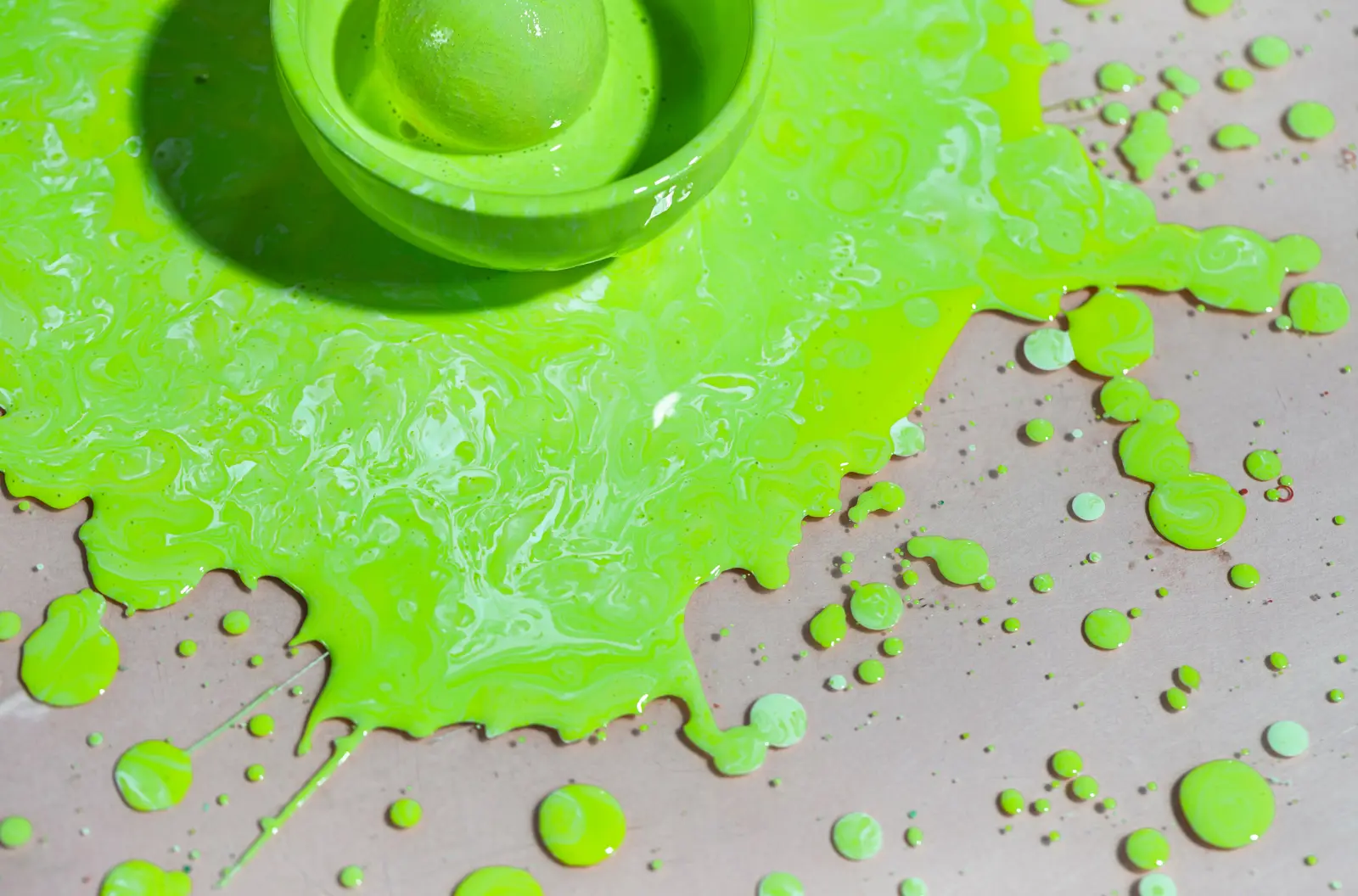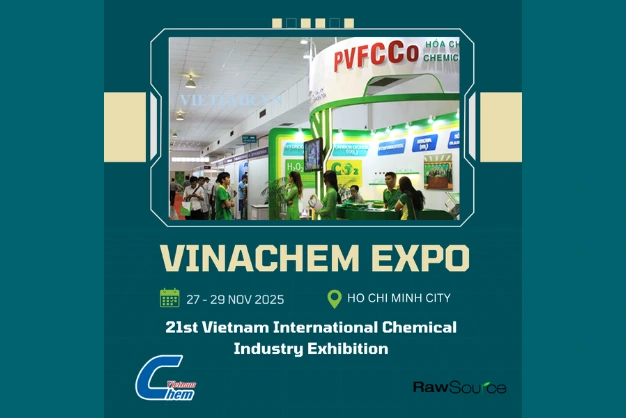Corrosion is the deterioration of materials, particularly metals, due to chemical interactions with their surroundings. This electrochemical process involves the transfer of electrons from the metal to an oxidizing agent, leading to the formation of oxides or other compounds on the metal surface.
Galvanic Corrosion: Occurs when two different metals come into electrical contact in the presence of an electrolyte, leading to accelerated corrosion of the more anodic metal.
Pitting Corrosion: Characterized by localized attacks on the metal surface, creating small pits or holes.
Crevice Corrosion: This happens in confined spaces where stagnant electrolyte solutions can lead to localized corrosion.
Uniform Corrosion: Affects the entire surface of the metal uniformly.
Intergranular Corrosion: Occurs along the grain boundaries of metals.
Corrosion impacts numerous industries, causing financial losses and safety concerns:
Oil and Gas: Pipeline leaks, equipment failure, and environmental contamination.
Marine: Damage to ships, offshore structures, and harbor facilities.
Automotive and Aerospace: Reduced lifespan and reliability of vehicles and aircraft.
Oil and Gas: Pipeline leaks, equipment failure, and environmental contamination.
Marine: Damage to ships, offshore structures, and harbor facilities.
Automotive and Aerospace: Reduced lifespan and reliability of vehicles and aircraft.
Green corrosion inhibitors are substances that prevent or reduce the rate of corrosion in metals while being environmentally friendly. They are typically derived from natural sources or are biodegradable and non-toxic, making them a sustainable alternative to traditional chemical inhibitors.
Traditional inhibitors often contain hazardous chemicals that can harm the environment and human health. In contrast, green inhibitors are made from natural extracts, renewable resources, or biodegradable compounds, reducing their ecological footprint and health risks.
Eco-friendly corrosion prevention is crucial for:
Reducing environmental pollution and conserving natural resources. Enhancing the health and safety of workers and communities. Complying with regulatory standards and reducing liability. Plant extracts and essential oils have shown significant potential as green corrosion inhibitors. Some examples include:
Neem: Extracts from neem leaves have been found effective in reducing corrosion rates.
Henna: Known for its tannin content, henna provides a protective barrier on metal surfaces.
Green Tea: Rich in polyphenols, green tea extracts inhibit corrosion.
Clove Oil: Contains eugenol, which acts as a corrosion inhibitor.
Natural amino acids and biopolymers offer corrosion inhibition properties:
Chitosan: Derived from chitin, it forms a protective film on metal surfaces.
Cellulose Derivatives: These biopolymers adsorb onto metal surfaces, preventing corrosion.
Algae Extracts: Compounds from algae have been studied for their corrosion inhibition properties.
Innovative Materials: Research is ongoing into new materials derived from natural sources that can act as effective green corrosion inhibitors.
Green corrosion inhibitors function by forming a protective layer on the metal surface, which prevents corrosive agents from interacting with the metal.
The inhibitors adsorb onto the metal surface, creating a barrier that blocks the access of corrosive elements such as oxygen and water.
The protective film formed by green inhibitors can be due to physical adsorption, chemical adsorption, or a combination of both, providing a robust defense against corrosion.
Oil and Gas: Protecting pipelines, storage tanks, and drilling equipment.
Water Treatment: Preventing corrosion in cooling systems, boilers, and water distribution networks.
Automotive and Aerospace: Enhancing the durability of vehicles and aircraft components.
Coatings and Construction: Extending the lifespan of buildings, bridges, and other structures.
Several industries have successfully implemented green corrosion inhibitors. For example:
An oil refinery using plant-based inhibitors to protect its pipelines, resulting in reduced maintenance costs and environmental compliance. A water treatment facility employing green inhibitors to prolong the life of its infrastructure and ensure safe water supply. Green inhibitors reduce environmental pollution and help conserve natural resources by being biodegradable and non-toxic.
Using non-toxic inhibitors enhances the safety of workers and communities, reducing health risks associated with exposure to hazardous chemicals.
While the initial cost of green inhibitors may be higher, their long-term benefits include reduced maintenance costs, extended equipment lifespan, and improved operational efficiency.
Despite their benefits, green inhibitors face challenges such as:
Limited availability and higher cost compared to traditional inhibitors. Variability in effectiveness depending on environmental conditions and application methods. Ongoing research aims to overcome these challenges by:
Developing new and more effective green inhibitors. Improving the scalability and cost-efficiency of green inhibitors. Green corrosion inhibitors represent a significant advancement in the fight against corrosion, offering a sustainable and environmentally friendly alternative to traditional chemical inhibitors. Their adoption not only helps protect valuable infrastructure and equipment but also aligns with global efforts to promote environmental sustainability and public health. As research and development continue, green corrosion inhibitors will likely play an increasingly vital role in corrosion prevention across various industries. Industries are encouraged to explore and adopt these green solutions to ensure a safer, healthier, and more sustainable future.





